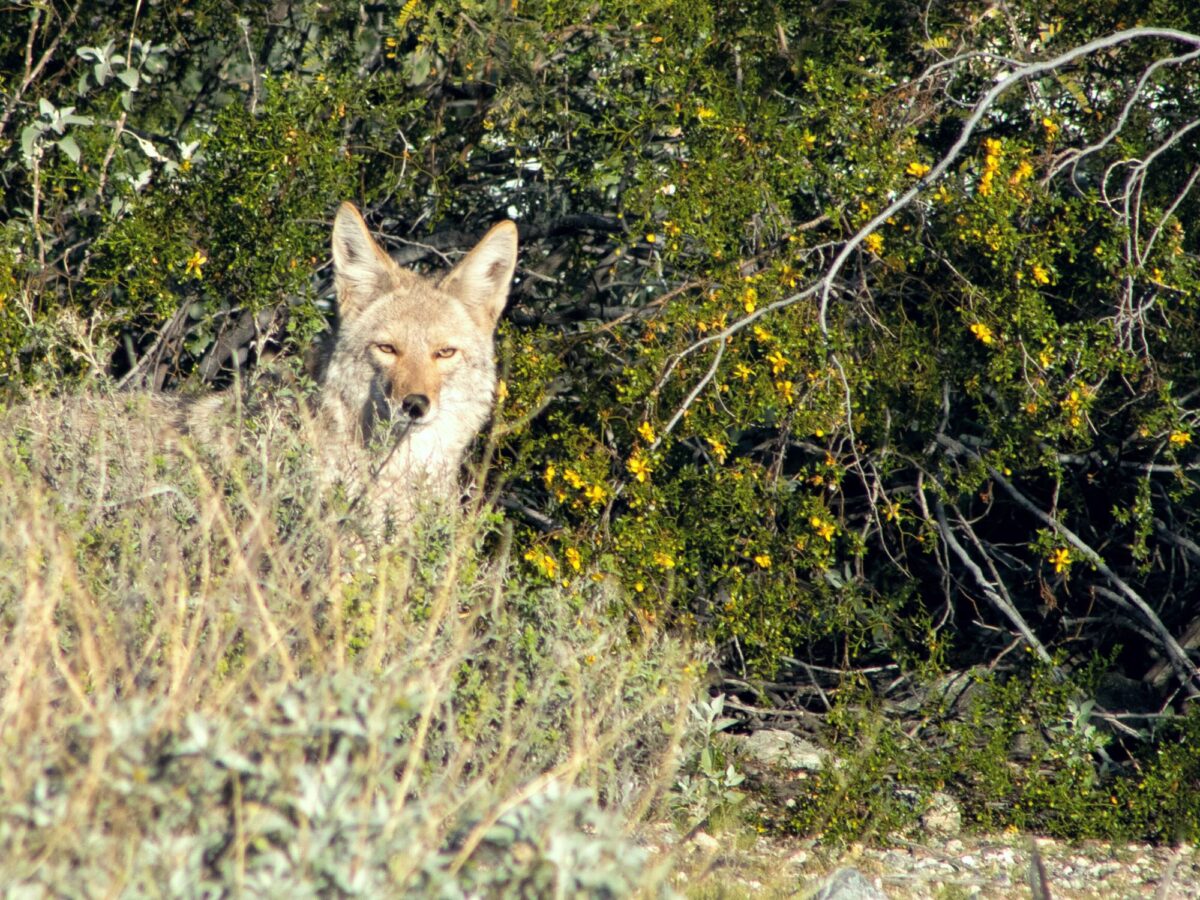It’s awesome to see Mother Nature up close and personal, even if it comes with wild animals. Taking note of the most dangerous wild animals you may encounter on a hike ensures that you won’t be ignorant of what can harm you.
There’s a Snake in My Boot
You’d be hard-pressed to make it through a hike in Texas and not see a snake slithering on your path. You want to have a keen eye for three snakes: the western diamondback rattlesnake, the copperhead, and the cottonmouth.
A nibble from any of the three snakes may leave the victim seriously ill if not taken care of immediately. Avoiding a snake doesn’t require much effort. Snakes rarely go out of their way to attack and usually slide away from loud shouts and movements—although you shouldn’t tempt fate.
Armed and Dangerous
Armadillos are shy, often easygoing animals that get a lot of attention due to their adorable appearance. However, don’t let their cute, beady eyes fool you because they come with baggage. Armadillos carry numerous diseases that may be deadly in their early stages.
Fortunately, many ailments they can spread are manageable if not curable with the proper medical treatment. In any case, you should still appreciate their cuteness from afar. They have poor vision but immaculate hearing, so you don’t want to frighten them with brash movements.
Born To Be Wild Hogs
There are few things as unpredictable as a feral hog. While the wild hog’s smaller than other animals, its tusk can do serious damage. Steer clear of any surrounding area that a hog may be in. Look for indicators like foraging remnants, scat droppings, footprints, and sleeping sites.
These are only a handful of broad signals of their existence; each species has additional indications to search for. Also, many of these creatures roam in packs, so leaving the area is always the wiser move. But if you are venturing into an area with hogs, you’re better off having a tactical backpack over a hiking one because you’ll have easier access to self-defense tools.
Watch Out for Those Coyotes
Coyotes are scavengers; they’re always on the hunt for their next meal. If coyotes smell a future meal, a pack of them will flock to the area like a ball shot out of a cannon. Coyotes are opportunistic eaters who consume almost anything, whether living or dead, including waste, meat, fish, veggies, berries, and other conveniently accessible foods.
While coyotes are extremely suspicious of people, they may become used to them. Thus, they may have no issue stalking you on a trail if they sense the aroma of something they can munch on.
Next time you want to explore the great state of Texas, have your head on a swivel for the most dangerous wild animals you may encounter on a hike so that you can make it back in the same condition you left.
Texas Outdoors
Latest posts by Texas Outdoors (see all)
- The Best Ideas for Storing an Outboard Motor – July 9, 2024
- Safety Tips for UTV Off-Roading in Icy Conditions – July 9, 2024
- How To Take Care of Your Golf Cart in the Summer – July 2, 2024

Leave a Reply